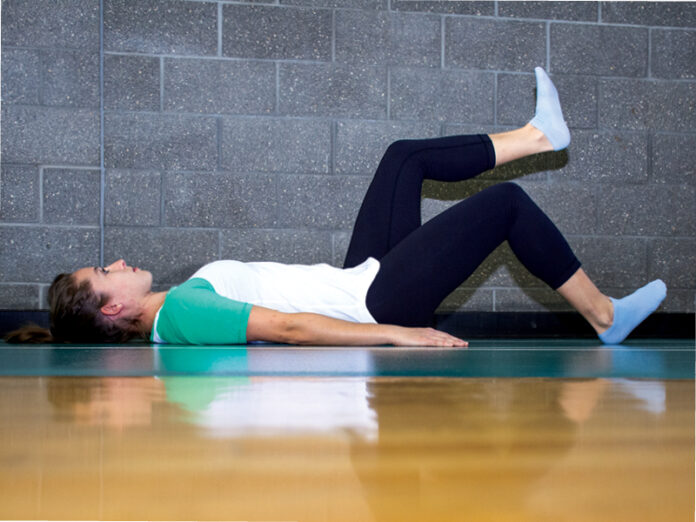
Core stability is a part of all movement, whether it’s lifting weights, walking briskly, or carrying groceries.
Say you want to wiggle your big toe. Your nervous system engages your core in anticipation of the movement to stabilize your low back and pelvis, then you wiggle your toe. Give it a try. What did your core do? Anything? If not, we may have a problem.
Proper core stability is patterned. You want to train the movement not the muscle. Spending too much time without adequate mobility and stability often results in a faulty core stabilization pattern. Adding core strength to a bad pattern will only make things worse. Holding a plank for five minutes, while impressive, has nothing to do with proper core function. It’s how you move that will dictate a functional core. It doesn’t matter how strong the muscle is, if the nervous system is not ideal, you will struggle with core stability.
Core stability and core strength are different. To generate power and strength, you need mobility. To have mobility, you need stability.
Core stability exercises all have one thing in common; your core remains still and in a neutral position and your extremities move around this stable foundation. These exercises are often described as spinal stability tracks, where your core does not move, but extremities do.
Core strengthening exercises are the more traditional exercises when your core moves. Some examples include crunches, seated twist, ab pull-ins and bicycles. Many of these exercises are performed in a state of instability, an approach that is much like putting the roof on a house before the foundation has been poured. Not a good idea.
Once we understand how we are designed to move it’s easier to turn all our movements into proper, core stabilizing activity.
Core Stability Exercises
1. Supine Heel Slide (shown above)
Lay on your back with legs stretched straight. Slowly slide one foot toward your butt. Alternate legs, 3 x 12 reps.
2. Supine Heel Drop
Lay on your back with feet in the air, hips and knees at 90 degrees. Slowly drop one leg, touching your heel to the ground and return to starting position. Keep your knee at 90 degrees throughout the movement. Alternate legs, 3 x 12 reps.
3. Dead Bug
Lay on your back with feet in the air, hips and knees at 90 degrees, arms pointed straight to the ceiling. Reach one arm overhead and the oppsite leg to the floor. Keep the movement fluid shifting to the other leg and other arm. Repeat 3 x 12 reps.
















